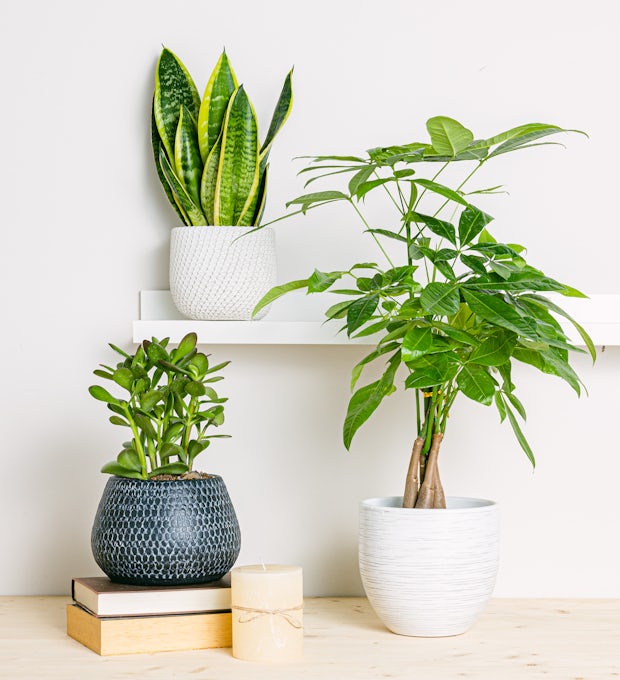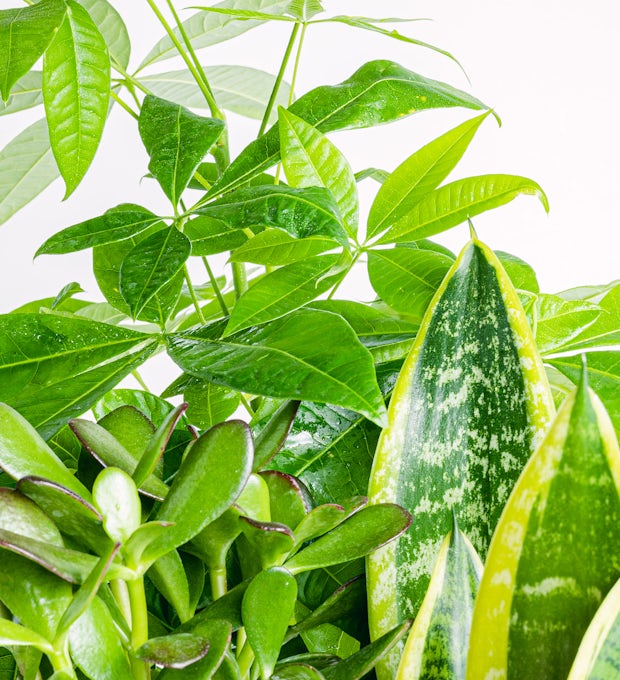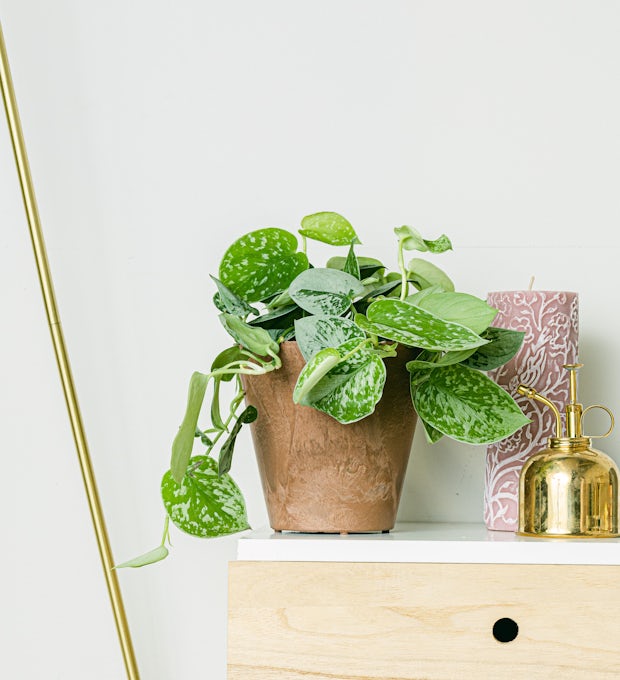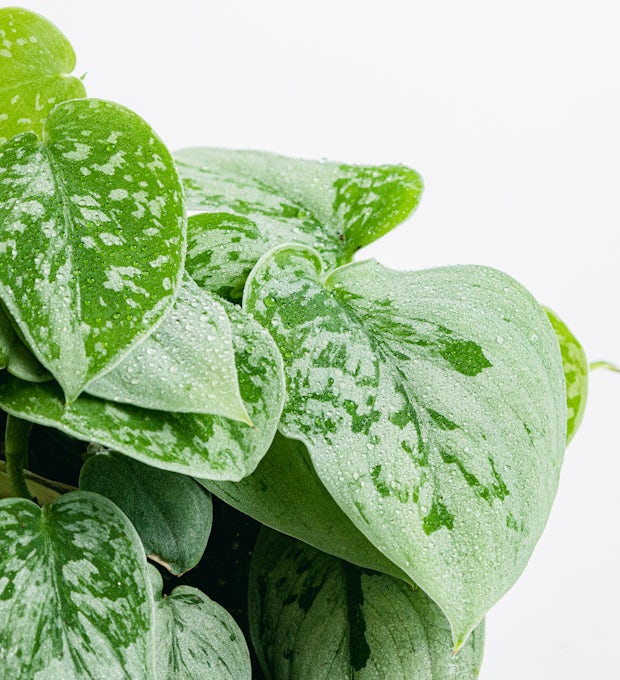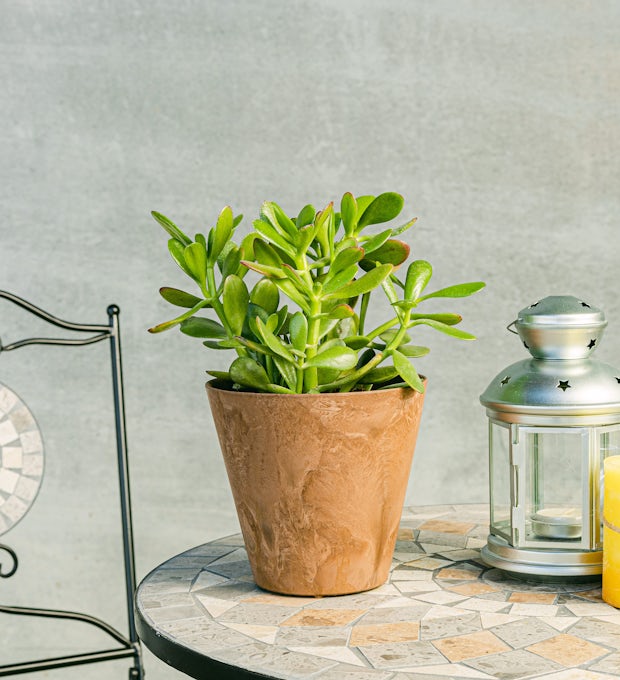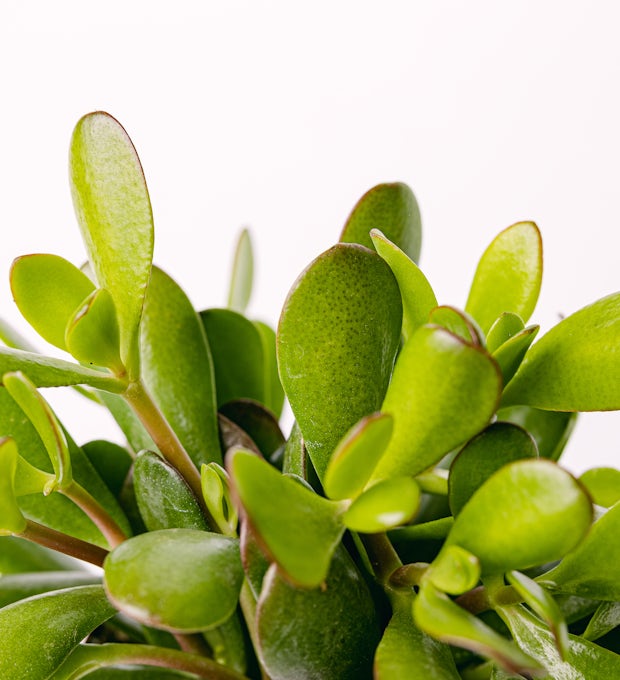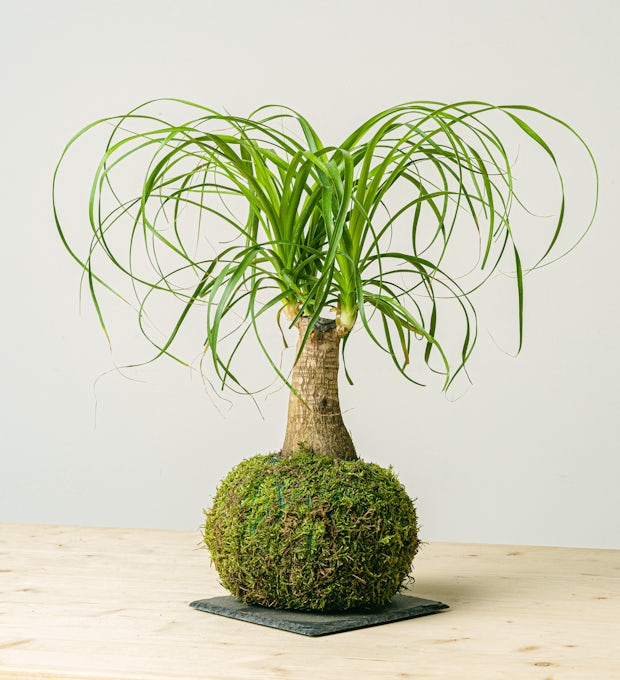Alocasia is an exotic houseplant that is not only beautiful to look at, but also offers many health benefits for your home. In this article, we'll look at the best locations and conditions for Alocasia, as well as tips on proper watering and fertilization. We'll also discuss when and how to repot Alocasia and how to fix common care issues. Finally, we will give you tips on how to propagate Alocasia at home. Find out why an Alocasia is the perfect houseplant for your interior!
Alocasia: The exotic beauty among houseplants
Alocasia: The exotic beauty among houseplants
The Alocasia is undoubtedly one of the most beautiful houseplants you can have in your home. With its large, bright leaves and exotic appeal, it adds a touch of elegance and style to any room. But apart from its aesthetic value, the Alocasia also has many health benefits for your home.
This exotic plant helps improve air quality by absorbing pollutants and producing oxygen. It can help reduce allergens and improve the indoor climate. In addition, the Alocasia can also increase humidity, which is especially beneficial in dry indoor environments.
In order for your Alocasia to thrive optimally, you should provide it with the right location. It prefers bright, indirect light conditions and should be protected from direct sunlight. The ideal temperature is between 18 and 24 degrees Celsius. In addition, the Alocasia needs regular watering and fertilization to stay healthy.
Repotting the Alocasia is an important aspect of its care. It should be done when the plant grows too big for its current pot. When repotting, it is important to be careful with the delicate roots and choose a suitable pot with good drainage.
Although the Alocasia is a hardy plant, problems can occasionally arise during care. Yellow leaves, brown spots, or leaf loss may indicate over- or under-watering, lack of light, or pest infestation. It is important to identify these problems early and take appropriate action.
If you want to propagate your Alocasia, you can easily do it at home. By dividing the rhizome or propagating cuttings, you can grow new plants and expand your collection.
With its exotic beauty and health benefits, Alocasia is undoubtedly a perfect houseplant for your home. With the right care and attention, it will give you years of pleasure.
Health benefits of Alocasia for your home
Alocasia is not only an exotic and beautiful houseplant, but also a plant with health benefits for your home. This plant has the ability to purify the air and reduce pollutants such as formaldehyde and benzene. Formaldehyde is a common pollutant in the air that can come from furniture, carpets, and paint. Benzene, on the other hand, is a toxic pollutant that comes from car exhaust fumes and smoke. Alocasia absorbs these pollutants through its leaves and roots and converts them into oxygen. This makes it an ideal plant for people who live in urban areas or in homes with poor air quality.
In addition, Alocasia also increases the humidity in your home, which can be especially beneficial if you suffer from dry skin or respiratory conditions. The plant releases moisture through its leaves and thus ensures a pleasant indoor climate. So, if you're looking for a way to improve your air quality while beautifying the appearance of your home, then you should definitely consider an Alocasia.
However, it is important to note that Alocasia can be toxic if eaten. Therefore, keep the plant away from children and pets. Make sure to wash your hands thoroughly after working with the plant to avoid possible allergic reactions. However, if you follow these safety measures, you can take full advantage of the health benefits of Alocasia and transform your home into a healthier and more beautiful environment.
We ship plants to all locations, you can see more options here.
The best locations and conditions for Alocasia
The Alocasia is a tropical houseplant that requires high humidity and plenty of indirect light. The best location for this plant is a bright window that does not receive direct sunlight. If you live in a region with low humidity, you can place a humidifier or tray of pebbles and water under the pot to increase the humidity. The Alocasia should also be planted in well-drained soil consisting of equal parts peat moss, sand, and perlite. It is important to keep the soil moist at all times, but not too wet, as this can cause root rot. Watering should be done regularly, especially during the growing season in spring and summer. During the dormant period in autumn and winter, watering can be reduced. Fertilizer should be added every two weeks during the growing season. If the leaves turn yellow or have brown tips, it may indicate too much direct sunlight or drought. A common challenge in caring for Alocasia is controlling pests such as spider mites and thrips. These can be treated with an insecticide. If you follow these tips, your Alocasia will be healthy and happy!
We ship plants to all locations, you can see more options here.
How to properly water and fertilize Alocasia
To properly water and fertilize Alocasia, there are a few important points to keep in mind. Watering is crucial, as this plant requires high humidity. Water the Alocasia regularly, but avoid waterlogging, as this can lead to root rot. Before watering, check the moisture content of the soil by sticking your finger about an inch deep into the soil. When the top layer is dry, it's time to water. Use warm, filtered, or stale water to avoid thermal shock.
When fertilizing, you should be careful not to over-fertilize, as this can cause burns to the roots. Use a liquid houseplant fertilizer and follow the instructions on the package. As a rule, it is sufficient to fertilize every two weeks during the growing season and fertilize less or not at all in winter.
It is also important to wipe the leaves regularly with a damp cloth to remove dust build-up and make it easier for the plant to breathe. Be careful not to use chemical cleaners, as they can damage the delicate leaves.
By following these simple steps, you can ensure that your Alocasia is optimally watered and fertilized. Keep in mind that each plant can have individual needs, so it's important to observe their reactions and adjust them if necessary. With a little care and attention, your Alocasia will thrive healthy and beautiful.
Repotting Alocasia: When and How to Do It
Repotting Alocasia is an important step in ensuring that your plant stays healthy and happy. But when and how should you do it? As a general rule, an Alocasia should be repotted every 1-2 years, depending on the speed of growth. When the roots grow out of the pot or the soil no longer contains enough nutrients, it's time for a new pot. To repot the plant, you should first choose a suitable pot that is at least 5 cm taller than the current pot. Fill the new pot with fresh potting soil and make a small indentation in the middle. Then carefully remove the Alocasia from its old pot and remove any excess soil from the roots. Place the plant in the hollow in the new pot and fill it with soil until it is completely covered. Gently press down on the soil and water the plant thoroughly to water it. It's important to make sure the soil stays moist but doesn't get too wet. Place the Alocasia in a bright place, but avoid direct sunlight. With these simple steps, you can ensure that your Alocasia stays healthy, happy, and thriving in her new home.
Common problems when caring for Alocasia and how to fix them
Common problems when caring for Alocasia and how to fix them
Alocasia is a demanding houseplant that can have some problems if not cared for properly. One of the most common problems is yellowing of the leaves. This can be caused by too much water or too little light. To remedy this problem, one should make sure that the plant is placed in an area with sufficient light and is only watered when the top layer of soil is dry.
Another problem that can be encountered when caring for Alocasia is the appearance of brown tips on the leaves. This problem is often caused by low humidity. To remedy this, one can place a bowl of water near the plant or spray the plant regularly.
Another common problem with Alocasia is the appearance of spider mites or other pests. To get rid of these pests, one can treat the plant with an insecticidal soap or oil spray or remove the affected leaves.
Finally, Alocasia may not grow properly or stagnate. This can be due to various factors, such as too little fertilizer or a pot that is too small. To remedy this problem, one should make sure that the plant is adequately fertilized and placed in a pot with enough space for the root system.
Overall, caring for Alocasia requires some attention and care, but with a few simple adjustments and measures, the most common problems can be solved and one can enjoy a healthy and beautiful houseplant.
Tips for propagating Alocasia at home
If you're looking to propagate your Alocasia plant, there are some tips that can help you make the process successful. First of all, you should make sure that your plant is healthy and strong before you start propagating. Look for a vigorous mother plant with abundant leaves and roots.
The best time to propagate Alocasia is in spring or summer. Carefully cut off a side shoot that has at least a few leaves and roots. Make sure the cut is clean to minimize the risk of disease.
To plant the new plant, choose a pot with good drainage and fill it with a mixture of potting soil and peat moss. Place the cutting in the pot and lightly press the soil around it.
During the growing process, it is important to keep the humidity high. An easy way to do this is to place the pot with the cutting in a plastic bag or put a transparent cover over it. This creates a moist microclimate that encourages root growth.
Make sure the cutting gets enough light, but avoid direct sunlight as this can cause burns. Keep the soil slightly moist, but avoid overwatering.
With patience and care, you can successfully propagate your Alocasia and create new plants for your home. Feel free to experiment with different methods and find what works best for your plant. Have fun propagating your Alocasia!
There are many reasons why an Alocasia is the perfect houseplant. Their exotic beauty gives a special atmosphere to any room, and their health benefits ensure a pleasant living environment. To take care of them in the best possible way, it is important to choose the right location and conditions. Proper watering and fertilization also plays a crucial role in their growth. When it comes to repotting, certain times should be observed so as not to jeopardize the health of the plant. Of course, problems can arise during care, but with the right solutions, these can usually be solved quickly. And if you want to propagate your Alocasia, there are tips and tricks for that too, which you can try at home.
So, before you decide on an Alocasia, take the time to learn more about this fascinating houseplant. You will find that not only is it beautiful to look at, but it can also have many positive effects on your home. From improving air quality to creating a relaxed atmosphere, an Alocasia can really make a difference. So why not bring a bit of green into your life and welcome an Alocasia into your home? It is worth discovering this wonderful plant and reaping all its benefits.
Be inspired by the diversity and charm of Alocasia and create your own green oasis. Nature has so much to offer and there is still so much to explore. What will you discover next?
